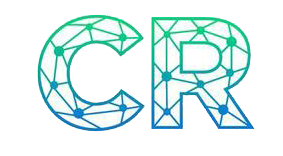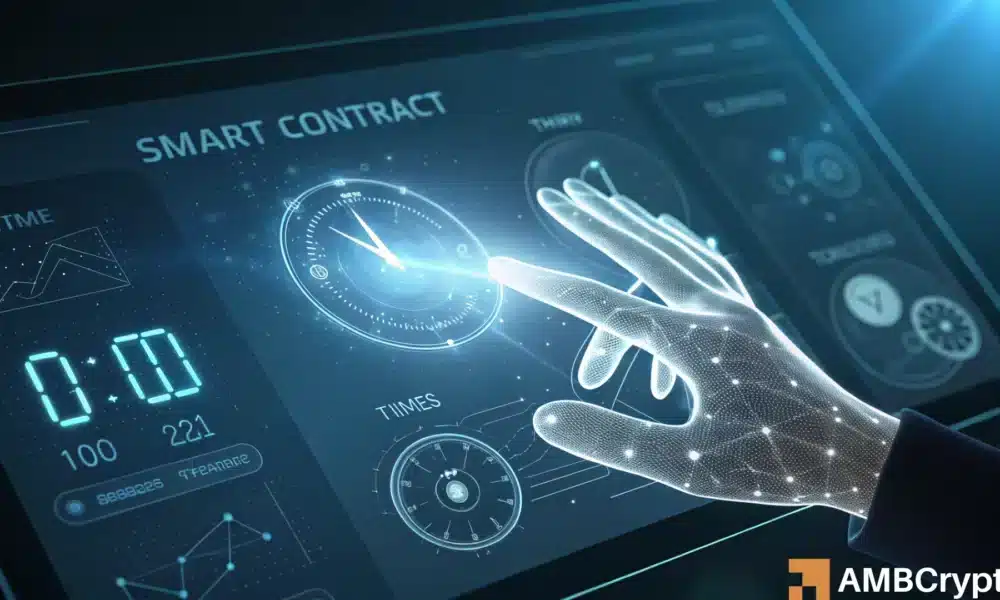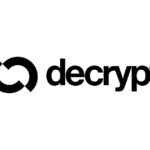Key takeaways
Solana’s 2027 roadmap targets internet capital markets via ACE, BAM, and DoubleZero upgrades, aiming to revolutionize transaction execution, reduce financial fees, and scale performance for global financial disruption.
The Solana [SOL] Foundation has released an ambitious 2027 roadmap outlining its vision to become the foundational infrastructure for internet capital markets (ICMs).
Internet capital markets, a term coined by former Solana core contributor Akshay BD, describe a global digital ledger where assets, entities, and cultures are tokenized—making financial markets accessible to anyone with an internet connection.
According to the roadmap, building this system has always been Solana’s “original mission.”


Source: anza.xyz
Market microstructure takes center stage
Solana has made strides in improving network speed and efficiency, but according to its latest roadmap, technical upgrades alone won’t solve its core challenges.
The network identifies “market microstructure”—the mechanics of how transactions are executed—as its most pressing issue.
To tackle this, Solana is rolling out a new framework called Application-Controlled Execution (ACE). This lets smart contracts manage their own transaction ordering with millisecond-level precision.


Source: X
Notably, Solana is making a bold shift from traditional finance by transferring transaction control from centralized institutions to smart contracts.
In the next few months…
Solana will soon launch Jito’s Block Assembly Marketplace (BAM) on testnet. This is a system giving validators and traders more control over transaction execution.
It is an early step toward reshaping how users interact with the network, aiming to create faster and more efficient capital markets.
Another major update is DoubleZero, a peer-to-peer fiber network that routes transactions outside the public internet.
Now in testnet, it involves over 100 validators and 3% of mainnet stake. DoubleZero is built to improve both speed and security.
It’s slated for full launch by mid-September.
What’s next?
In Q4 2024, the network generated over $800 million in revenue; an astonishing leap from virtually zero the year prior. Notably, this growth came with minimal adoption from traditional financial institutions.
Industry analysts suggest Solana could reduce financial service fees by as much as 90-99%. This would position the network to capture significant market share from legacy players.
Solana has already overtaken Ethereum in trading volume and processes thousands of transactions every second.
As it targets the $1.4 trillion global payments market, Solana stands out with ultra-low fees—less than a penny per transaction—compared to traditional methods like wire transfers ($25) or credit cards (over 2%).
To support this expansion, Solana recently increased block capacity by 20% to 60 million compute units and plans further scalability upgrades by late 2025.







